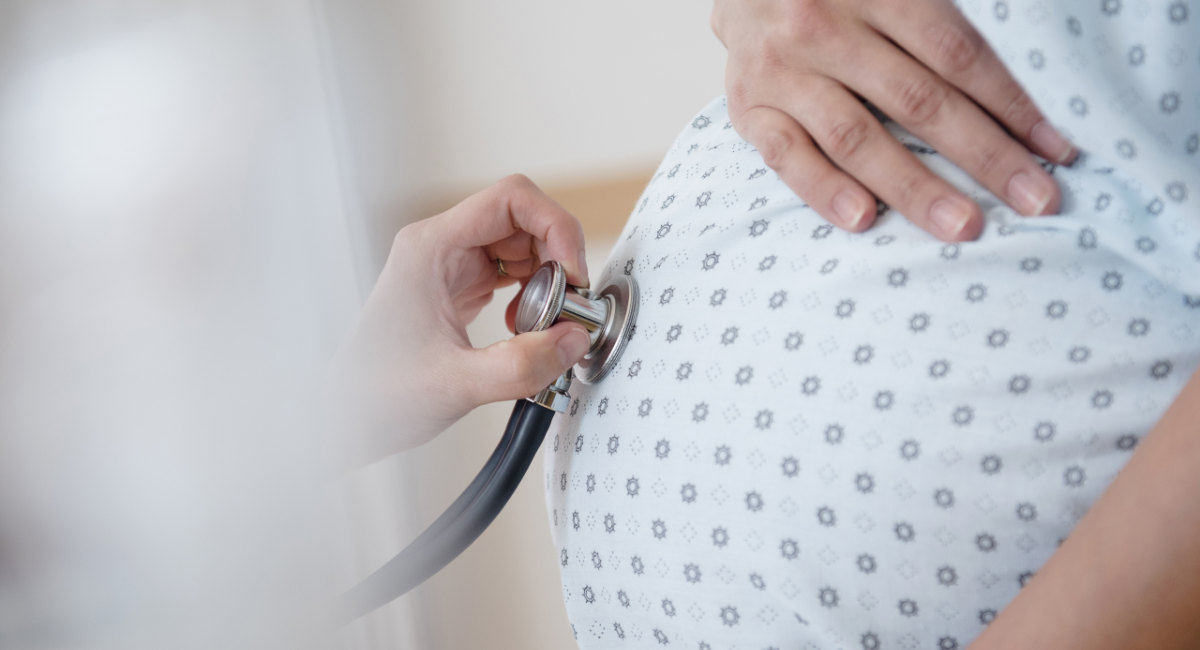Alaska has released its 2023 annual induced abortion report, which shows a decline in induced abortions in the state from a year prior.
There were 1,222 abortions reported in Alaska in 2023. According to an analysis of the report by the Charlotte Lozier Institute (CLI), total abortions fell two percent (2%). Abortions carried out via the abortion pill rose 13.6%, making up 56% of the total abortions. In addition, CLI estimated that Alaska’s 2023 abortion rate was 8.5 abortions per 1,000 women ages 15-44, a decrease of two percent (2%) from 2022.
Interestingly, Alaska’s report warns that “reported data may include terminations that were medically necessary to save the mother’s life or were not elective (such as ectopic or molar pregnancies) or where medication was provided to manage a miscarriage.” If the data does include preterm emergency deliveries or treatment for ectopic or molar pregnancies, then that data is skewed and inaccurate.
An induced abortion is a procedure carried out to directly and intentionally kill the preborn child, and the Alaska Vital Statistics Act’s definition of “induced termination of pregnancy” excludes miscarriage management and ectopic pregnancies. Such procedures are not considered induced abortions because the intent of these procedures is not to kill a living preborn baby.
Conflating miscarriage care, ectopic pregnancy treatment, or preterm delivery in an emergency with induced abortion is dangerous, as 1) it causes women who have undergone these procedures to wrongly feel they aborted their babies when they did not, 2) it can lead to misleading complications reporting, and 3) it breeds confusion with citizens about what procedures qualify as an abortion.
READ: If ‘abortion up to birth’ isn’t ‘a thing,’ why is it legal in 9 states plus DC?
Also of note: 42% of the abortions in Alaska in 2023 were paid for by Medicaid. Critics have argued that government-funded abortions (“free” abortions offered to women on Medicaid) can be viewed as a form of abortion coercion. Studies show that 64% of post-abortive women felt pressured to abort. That pressure came from parents, partners, their financial status, their age, their education, and the abortion industry itself. Government-funded abortions allow the abortion industry to further prey on vulnerable women by making abortion appear to be a “free” entitlement. When already facing pressure to abort because of her financial status, a woman who is told abortion is free while prenatal care isn’t will face even greater pressure to choose abortion regardless of her desire to keep and parent her baby.
In addition, 73% of abortions in Alaska in 2023 were committed on unmarried women. Data from the Centers for Disease Control and Prevention (CDC) for 2020 revealed that unmarried women have nearly nine times as many abortions as married women. As explained by Live Action research fellow Carole Novielli, this data “suggests that the sanctity of marriage is a protectant to both the pregnant mother and her preborn baby. It indicates that when men are supportive of the women whom they impregnate, the outcome can have life-saving effects on the unborn child. And, when society promotes abortion as a safety net, which frees men of all their responsibility, babies are left vulnerable to the violence of the predatory abortion industry.”







